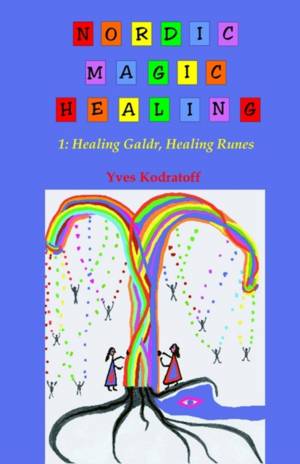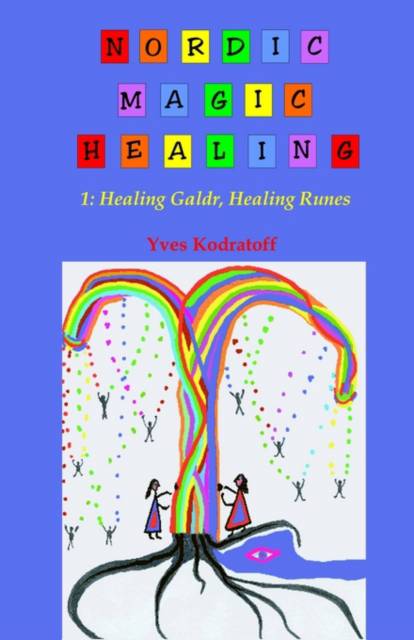
- Afhalen na 1 uur in een winkel met voorraad
- Gratis thuislevering in België vanaf € 30
- Ruim aanbod met 7 miljoen producten
- Afhalen na 1 uur in een winkel met voorraad
- Gratis thuislevering in België vanaf € 30
- Ruim aanbod met 7 miljoen producten
Zoeken
€ 41,95
+ 83 punten
Omschrijving
Galdr is a song or howling by which a poem written in runes is "made active". Anthropological texts will often describe a healing ritual where the healer has been seen to mutter some indistinct words over the patient. This book gives these 'mutterings' back their true meaning and importance. It will also explain their rational value by clearly stating the root causes of the sickness, and explore their religious meaning. The poetry and creativity of these chants combine to form a very effective healing technique, albeit a very difficult one. Many of you will be familiar with karate's 'scream that kills', that came to us from the East. We will explore the 'scream (or song) that heals' called galdr by the Norse. In this book, galdr will be explored in two ways: by looking at a new interpretation of the famous Finish epic, Kalevala; and by considering pagan charms from various parts of the world, including two unexpected sources, those from Lithuania (not yet published) and those from Hildegard von Bingen (a German Christian visionary of the early twelfth century, whose charms were not considered to be Pagan). The Kalevala teaches us the twelve steps for physical healing, and the nine steps for healing mental illness. Old charms are used as a model for buidling new ones.
Specificaties
Betrokkenen
- Auteur(s):
- Uitgeverij:
Inhoud
- Aantal bladzijden:
- 304
- Taal:
- Engels
Eigenschappen
- Productcode (EAN):
- 9781581125733
- Verschijningsdatum:
- 1/06/2003
- Uitvoering:
- Paperback
- Formaat:
- Trade paperback (VS)
- Afmetingen:
- 155 mm x 201 mm
- Gewicht:
- 394 g

Alleen bij Standaard Boekhandel
+ 83 punten op je klantenkaart van Standaard Boekhandel
Beoordelingen
We publiceren alleen reviews die voldoen aan de voorwaarden voor reviews. Bekijk onze voorwaarden voor reviews.











